|
|
|
|
Species Photo Gallery for Chlorotettix tunicatus No Common Name 8 |
 | Photo by: Bo Sullivan
Craven Co.
Comment: female, 7.2 mm | 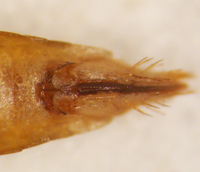 | Photo by: Bo Sullivan
Craven Co.
Comment: female, 7.2 mm |
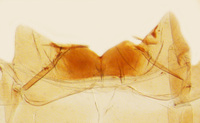 | Photo by: Bo Sullivan
Craven Co.
Comment: female, 7.2 mm |  | Photo by: Bo Sullivan
Craven Co.
Comment: female, 7.2 mm |
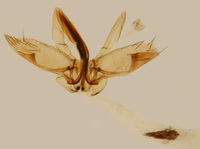 | Photo by: Bo Sullivan
Craven Co.
Comment: female, 7.2 mm | 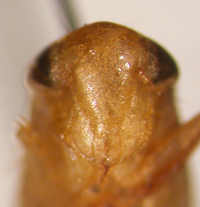 | Photo by: Bo Sullivan
Craven Co.
Comment: female, 7.2 mm |
 | Photo by: Kyle Kittelberger
Out Of State Co.
Comment: female and male; NCSU specimens | 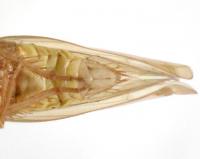 | Photo by: Kyle Kittelberger
Out Of State Co.
Comment: female and male; NCSU specimens |
|

 »
»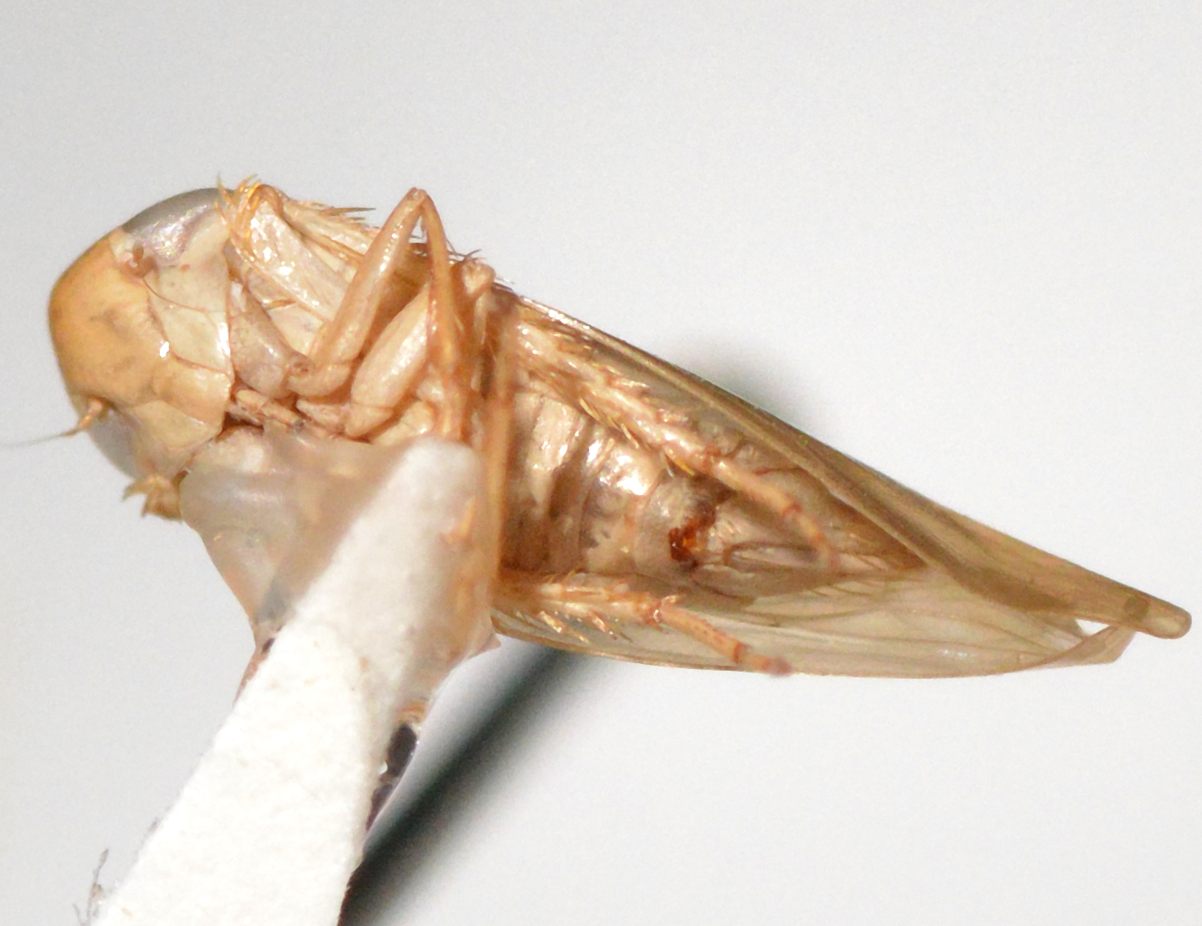
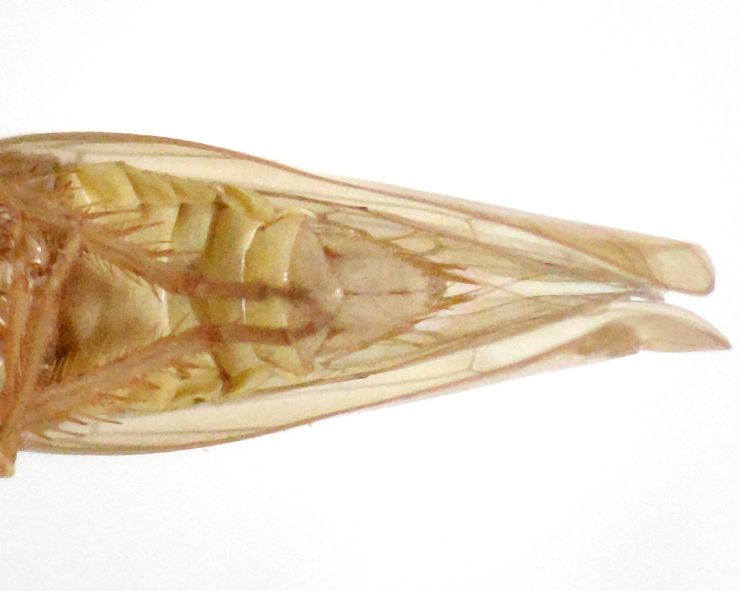

 »
»
